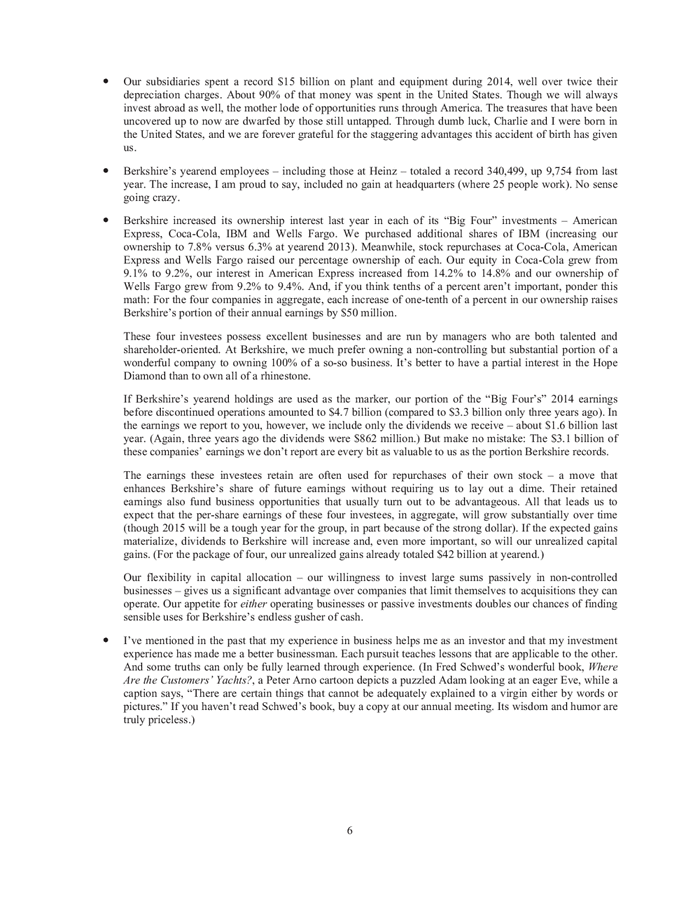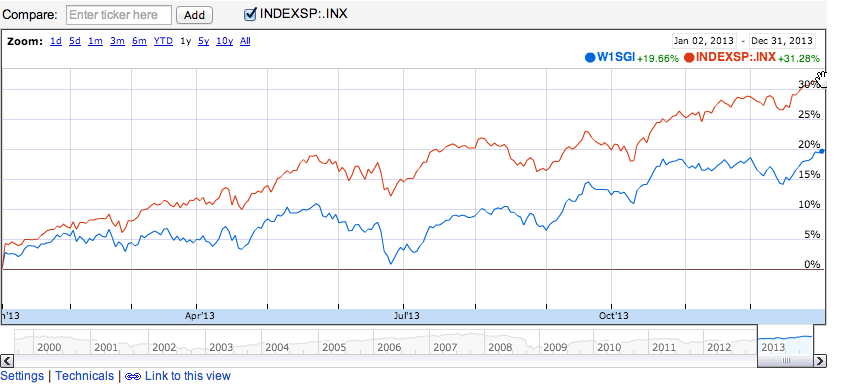3 Warning Signs That Should Curb Your Enthusiasm Investment UInstitute for Individual Investors
Post on: 28 Март, 2015 No Comment

In my Tycoon Report article two weeks ago, Due for a Pull-Back? That’s an Understatement. we brought attention to the fact that the broad market indices were either at or very close to approaching significant levels of technical resistance, implying that market conditions were reaching an overbought status in the short term.
If you recall, we were looking at the 1345-1350 level as our upside resistance point on the S&P 500 index. Well, it didn’t take too long for that to happen, as that very next day, Friday February 3, the index closed up 19 points to 1345. That was the day the US Government told us that the economy added 243,000 jobs in the month of January and the unemployment rate fell to 8.3%, the lowest in three years.
S&P 500 Daily Chart — 1 Month.
Since we finally hit that target area of resistance, specifically looking at the S&P index, we haven’t exactly pulled back. Nor has it been able to make another leg higher — perhaps a charge to last springtime’s cyclical high of 1370 or beyond. We’ve actually been consolidating for nearly two weeks, oscillating in a very tight intraday range between 1337 and 1355 (yesterday’s high).
So, where do we go from here?
You know that a sideways consolidation pattern ultimately must capitulate: Either it will make another leg higher, or we’ll pull back with some type of corrective move.
S&P 500 Daily Chart — 1 Year.
The price action is now overstretched, and certainly looks like it’s having trouble clearing the current level of resistance. And the statistical indicators which had shown extreme levels of strength have begun to recede.
But so far, the markets have held up with resilience, despite all the headline risk across the pond. With Greece now becoming more and more at risk of facing a disorderly default, which could lead to a financial shock throughout the banking system, the market has been taking it in relative stride. This consolidation period could simply materialize in a mere pause before a resumption of this bullish rally.
While another leg higher without a pullback from here is certainly a plausible scenario, odds still point to a short term correction before any significant move higher.
Here’s why.
Let’s forget about the price action for now. Let’s also ignore all the squiggly line statistical technical indicators. And let’s even put down the newspaper and ignore the headlines.
We’re going to look outside the box and consider three things that could spell:
P U L L B A C K before R A L L Y
1) Investor sentiment is approaching extreme levels of optimism
Let’s take a poll.
Are you currently bullish, bearish or neutral on the current state of the stock market?
In the latest survey by the American Association of Individual Investors (AAII), individual investors are showing the highest levels of bullishness since leading up to the cyclical peak in April 2011. 51.6% are bullish, while only 20.2% are bearish. 28.2% polled are neutral. That’s a ratio of 2.5 to 1 bulls over bears!
Financial Advisors are equally as bullish, as the latest survey from the Investors Intelligence Advisors Sentiment shows 54.8% are bullish while only 25.8% are bearish (over 2 to 1). That optimistic reading is also the highest since the spring of 2011.
Now take a look at this reference point (red arrow) from the 1 year daily S&P 500 chart (above) and simply follow the ensuing price action.
One thing that you need to be aware of when it comes to Mr. Market: He usually does not like to be in good company with the majority herd. And this elevated level of optimism normally is met with disappointment for the crowd. And it cuts both ways, too — not only in overbought markets, but in oversold market conditions as well.
2) Short interest is falling

Over the past several weeks during this last push up to resistance, short interest on the NYSE and the NASDAQ (the two major US stock exchanges) has been falling. The past two weeks alone have seen a drop in overall short interest by over 5%.
Short interest is simply a measure of the overall exposure short sellers have in individual securities. Investors sell stocks and ETFs short (borrow shares) looking to buy them back at lower prices to profit.
Now you might think that this would appear bullish, as fewer investors/traders are willing to bet or are reducing their exposure to profit from the downside. But just like investor sentiment, it’s usually counter-intuitive.
As markets move higher, the magnitude of the moves lessen as there are fewer short sellers needing to cover (stop loss), which usually contributes to higher prices. And likewise, with fewer investors applying short positions, more miss out in the event of a price decline. Mr. Market is aware of this also, and tends to decline more readily with fewer downside bets applied. It works the other way too, as the market has made some of its biggest bullish moves when conditions are extremely oversold and short sellers are caught betting big with heavy short interest.
3) Insider selling has been accelerating
Are you in executive management for a publicly traded company? How about a director or officer with a ton of stock awarded to you as part of your compensation package?
If you are, I bet you’ve been dumping stock onto the open market lately, locking in some decent scratch.
If you’re not, you at least need to be aware of the recent activity of corporate insiders. While insider selling is normally seen as fairly routine and somewhat random, what is neither routine nor random is the recent acceleration.
In the month of February alone, as we cleared the 1320 level in the S&P 500, cumulative corporate insiders have unloaded over $2.3 billion in stock, while insider buying in that same period totaled only $150 million. That’s over 15 to 1, sellers to buyers. The acceleration and ratios are on a similar pace to July, 2011 (blue arrow in above chart), just before the summer swoon.
So, while it’s certainly possible we could make an even further push higher in the short term, odds are that we get some type of material pullback to lower levels in the coming days to weeks, which could provide excellent opportunities to pick up good quality stocks at discounted prices.
Looking back to the daily S&P chart, the black trend line coincides with the orange 50 day moving average around the 1290-1300 level. That would be a well supported level that should attract plenty of buyers while maintaining the longer term bullish trend.














